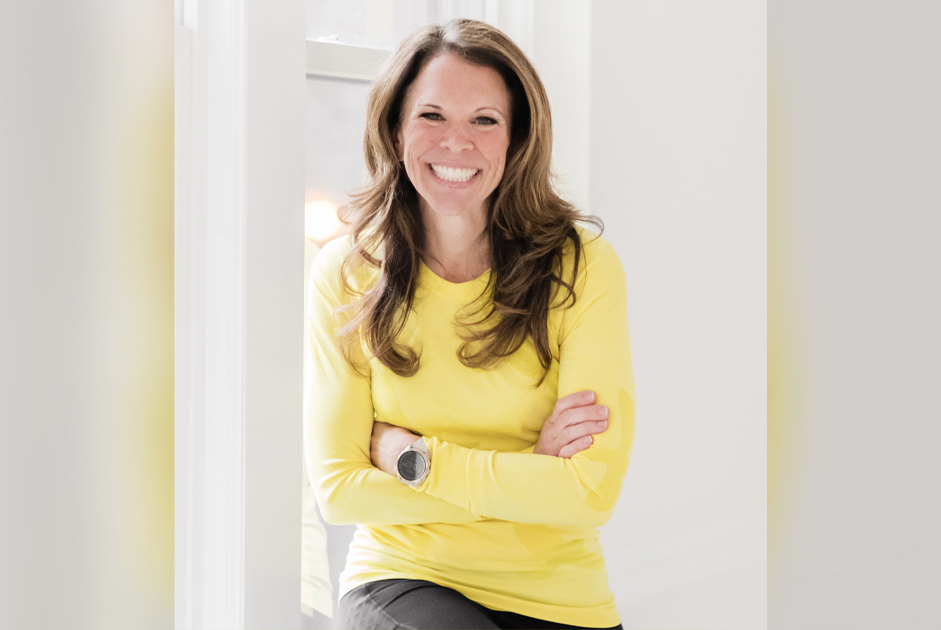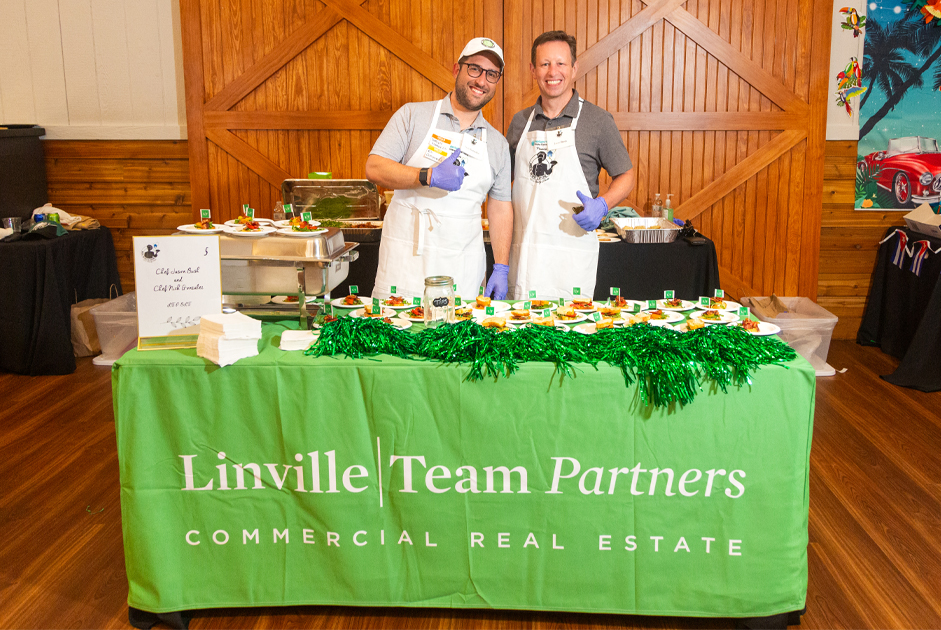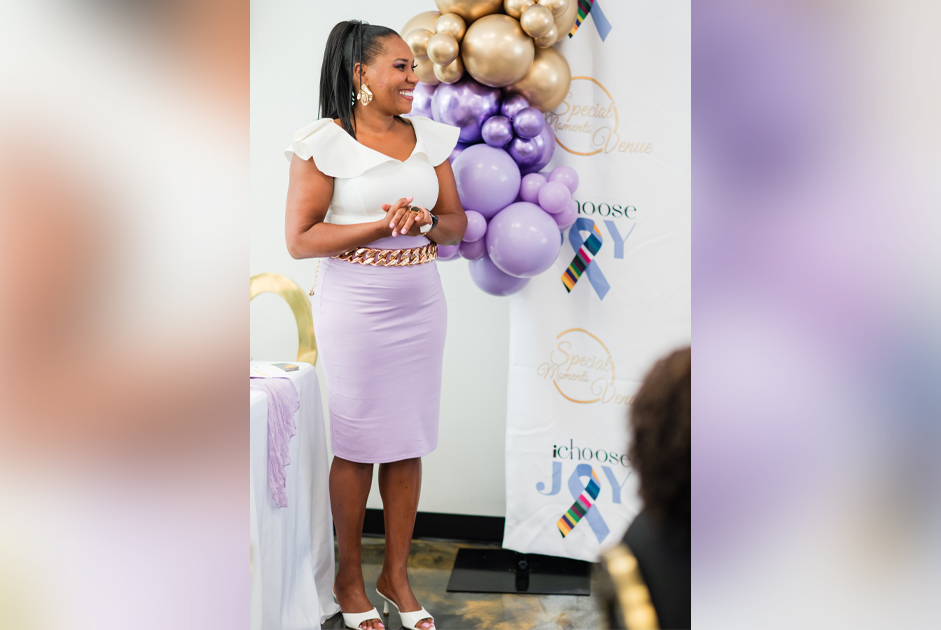BY AMY HILL
As a child, you looked forward to the holiday season all year long. Your only concern was whether Santa would find your house on Christmas Eve. No one at the dinner table bombarded you with questions about when you were finally going to settle down, and marriage and adulthood seemed like a century away – definitely not something to focus on the night before Christmas. Now that you’re an adult with responsibilities, bills, and a ticking biological clock, attending family gatherings for the holidays without a significant other may seem less and less enticing. With the multitude of Christmas lights and decorations, along with the constant jewelry advertisements on television, the holidays seem like the ideal time for sipping hot chocolate, turning on the Hallmark Channel, and cozying up with your special someone.
When you’re the only one flying solo at the family holiday party, self-doubt is inevitable. You really want to catch up with your cousin and reminisce on childhood memories, but she’s preoccupied with cleaning up after her youngest toddler, who just spilled ranch dressing all over the decorative tablecloth. Meanwhile, your great aunt is available for an adult conversation, but she’s only interested in loudly and sloppily discussing her upcoming colonoscopy over her fourth glass of red wine. As the night drags on and you start to empathize with the Grinch, you suddenly understand why his heart was two sizes too small.
Contrary to how it may seem, being single for the holiday season isn’t all doom and gloom. Having no significant other and no children means having the luxury of using any extra funds or bonuses to spoil your loved ones even more (and maybe even yourself). An excellent way to combat loneliness is by giving back to others and your community. Volunteering over the holidays and giving to the less fortunate is guaranteed to fill your heart with the Christmas spirit.
With no ball and chain, what’s stopping you from taking yourself on a holiday getaway to Vegas? Sometimes, self-care is just as important as spending quality time with family and friends. Without a spouse or significant other, there’s no need to travel back and forth between in-laws. Better yet, you don’t have to worry about your catty mother-in-law making passive aggressive comments about the taste of your green bean casserole. After all, we’ve all seen how Marie treated Debra on Everybody Loves Raymond.
Still not convinced that singlehood isn’t so bad? The marriage grass isn’t always greener. In fact, it may be much better to be single and waiting under the mistletoe than to be unhappily married. Results from a 2013 Lehrer and Chen study published in Demographic Research suggest that while women who waited until their late twenties or older to get married were more likely to marry men who have been previously married, men with children from previous marriages, and men who were younger than them by three years or more, their marriages were considerably more stable, regardless of the challenges presented. Researchers believe that these marriages could be able to overcome these challenges due to potentially higher education levels, greater availability of resources, and the increased emotional maturity that come with marrying at a later age.
While scrolling through social media this holiday season, keep in mind that social media is not always reality. Your former high school classmates who post seemingly idealistic family photos around the Christmas tree may not be as joyful as they would like their social media followers to believe. As a matter of fact, those same people may see your latest post about your stress-free holiday vacation to Vegas and be (festively) green with envy. If volunteering, self-care, and Vegas don’t keep the single blues at bay, it may be time to visit your local animal shelter. The Grinch did have a dog, after all.
Reference: Lehrer, Evelyn L., and Yu Chen. “Delayed Entry into First Marriage and Marital Stability: Further Evidence on the Becker-Landes-Michael Hypothesis.” Demographic Research 29 (2013): 521-42. Accessed October 14, 2020. jstor.org/stable/26348164.


















